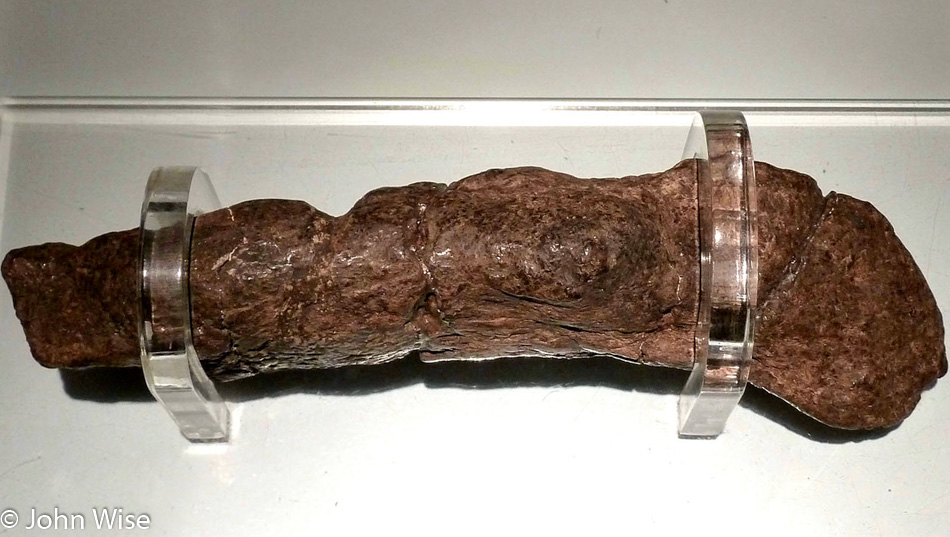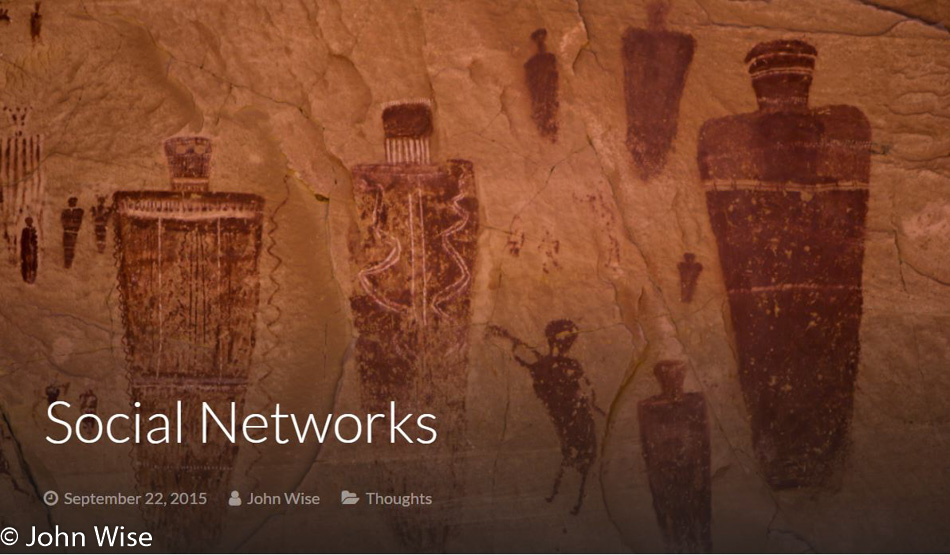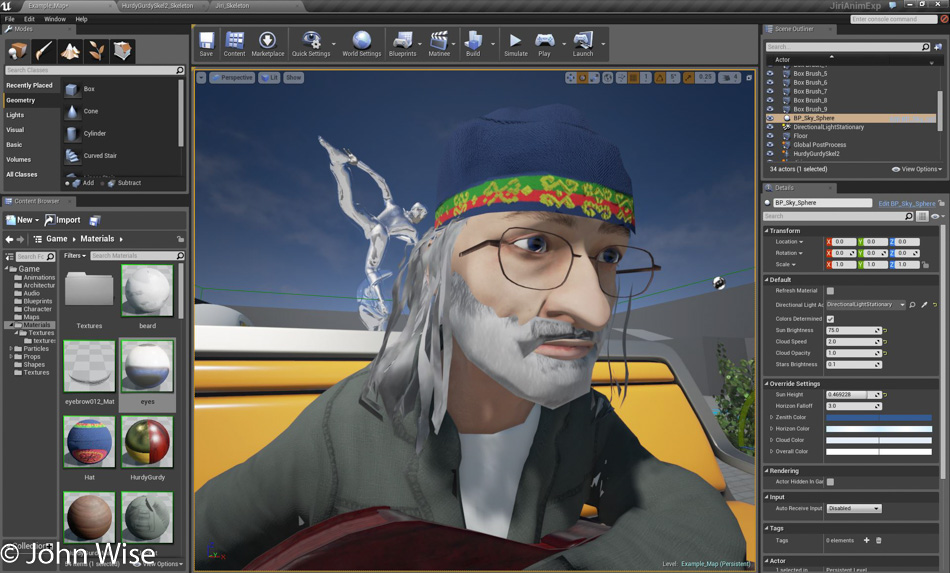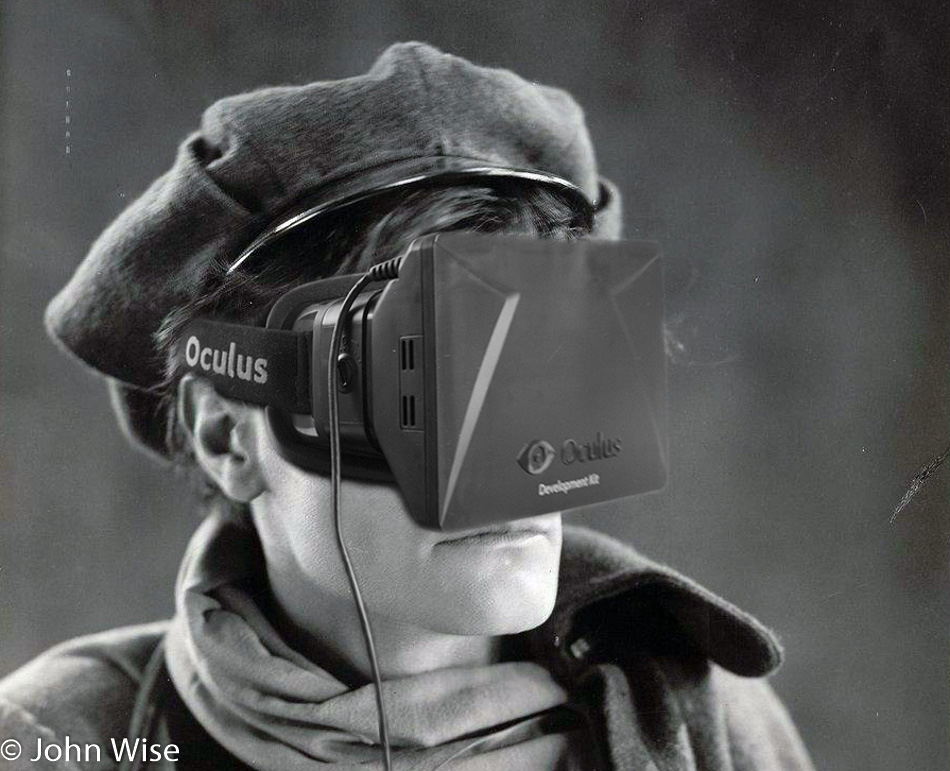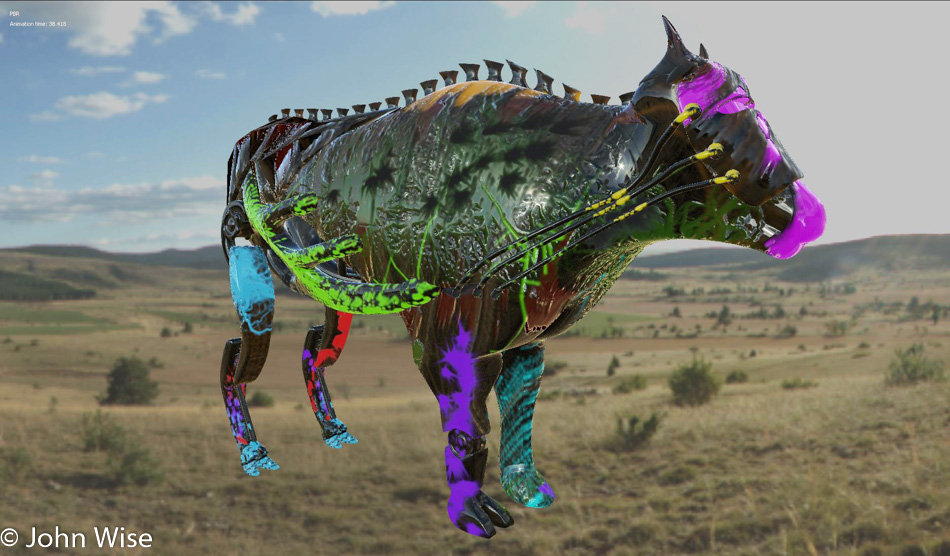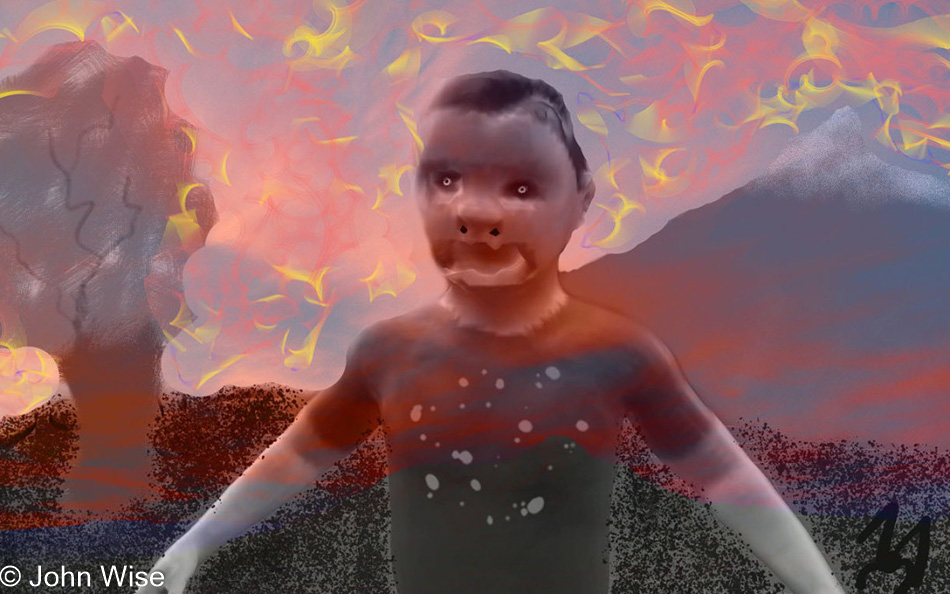
This is what you get when you let your “skills” get rusty. That I’m still able to open programs at my advanced age of 52 is probably a testament to the tenacity of a guy who doesn’t want to get old. Sure, it’s kind of gross and pig-like, but it was a creative exercise. An exercise that I’m not exactly proud of, even though there was some method behind the madness.
Starting with Makehuman (Free), I created the 3D central figure. He/She once looked passably normal – until I took it into 3D-Coat (Not free but only $99 for the educational version), tore open its maw, and gave it cockeyed eyes. I don’t really know what happened that holes were torn open under the nose.
Next up and continuing in 3D-Coat I went into the unfamiliar paint room and attempted to put color to its skin, toss on some hair, darken the eyes, and finally painted the shirt so he/she wouldn’t be naked. Satisfied that this was on its way to being an abomination, it was time to move it to the third piece of software that would be used in my juvenile massacre.
Krita was my weapon of choice (Free). This stand-in for Photoshop (Not-Free) is getting better, though some of my employees would probably argue that. As you might guess, I’m no expert in Krita, but I think I did pretty good on the mountain, well, at least better than the tree.
Frustrated at my crap Krita skills, I decided to put to work my equally poor Photoshop compositing abilities and truly prove the old maxim “Use it or lose it.” I think I’ve probably shown you just how much I’ve lost it…. a good thing you don’t have a baseline to judge me by. After much struggle, I was able to paint in a sky from one of my photos using a mask. Trust me, it was luck.
The Northern Lights electric fire sky treatment is courtesy of BlackInk ($45) from France. The only reason I point that out is to make sure that any French-intolerant trolls go ahead and leave now because I also use Substance tools from Allegorithmic, and they are French, too, though I didn’t use anything from them here. I’m certain they must be happy I’m not defaming their name by involving their great software in the creation of today’s image.
Enough of the self-disparagement. We should all be striving to fight against our digital incompetence and embrace our own set of computer toys, no matter how amateurish what we create might appear to others. I made this using a combination of 3D human modeling software, 3D sculpting software, and a few painting packages. After I was done, I wrote and published this blog entry because what else is there to do at 11:00 pm on a Wednesday night? Watch TV? Whatever. I’d rather play.
